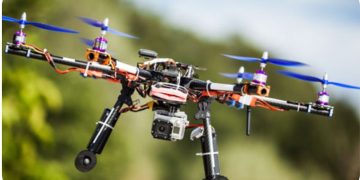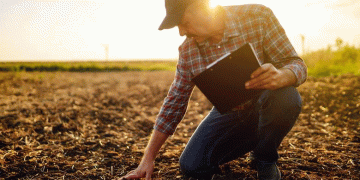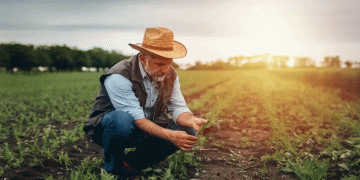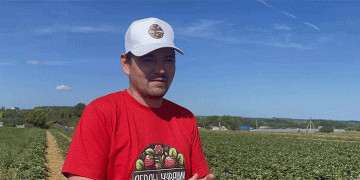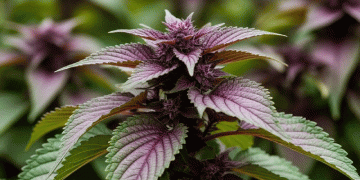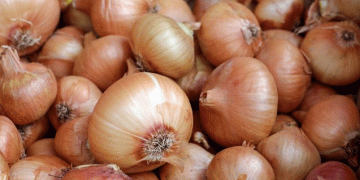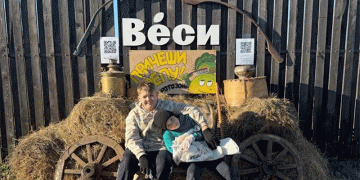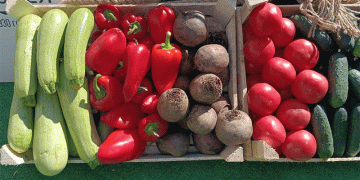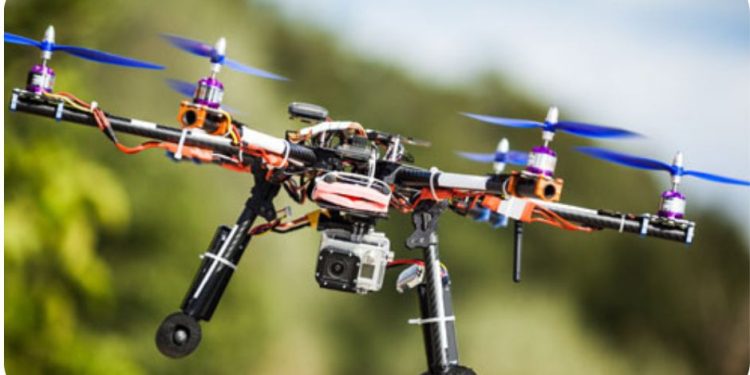On June 21, the Federal Aviation Administration released the much anticipated new Unmanned Aerial Systems (UAS) or drone regulations, also referred to as Part 107. These rules go in effect Aug. 29, and cover a broad spectrum of commercial uses for drones weighing less than 55 pounds (take‐off weight).
One of the most significant changes is that commercial operations that fit within the framework of Part 107 will no longer require Federal Aviation Administration approval by exemption, which has typically taken months to secure. Previously, commercial operators needed a “Section 333 exemption,” which allowed an operator with a Federal Aviation Administration-approved certificate of authorization to fly in the National Airspace. Needless to say, these certification rules restricted and discouraged the potential use of drones for agriculture and many other commercial purposes.
The new Part 107 regulations seek to ease some of these restrictions by establishing a new certified “Remote Pilot in Command” (R-PIC) position and a remote pilot certification process. The person operating the small UAS must either hold a remote pilot airman certificate with a small UAS rating or be under the direct supervision of a person who does hold a remote pilot airman certificate.
To qualify for a remote pilot certificate, you will have to be at least 16 years old and pass an initial in-person aeronautical knowledge test at a Federal Aviation Administration‐approved testing center. If you already have a Part 61 pilot certificate other than a student pilot certificate, then the requirements are to complete a flight review within the previous 24 months and complete a small UAS online training course provided by the Federal Aviation Administration. Before the certificate is issued, you will be vetted by the Transportation Security Administration for background checks.
The R-PIC must conduct a preflight check of the small UAS to ensure it is in a condition to operate safely. The manned private pilot Federal Aviation Administration knowledge test is no longer required. If you already have a Section 333 exemption, you can continue to operate the UAS under the exemption until it expires. After that, you may choose to operate your UAS under the Part 107 rules by obtaining a remote pilot certificate.
The aircraft should remain within the visual line of sight of the R-PIC and only daylight operations are permitted. So delivery of Christmas gifts or nocturnal activities by drones will still be prohibited. The maximum altitude is 400 feet above ground level. If higher than 400 feet above ground level, then remain within 400 feet of a structure. This will permit drones to inspect tall buildings and storage structures. Some of these restrictions mentioned above are waivable if the operator demonstrates that the operation can be safely conducted under the terms of a waiver.
Members of the public will be able to take the Federal Aviation Administration aeronautical knowledge test at testing centers starting Aug. 29, 2016. A cost of $150 for the knowledge test is anticipated. Following the test, you will have to complete the Federal Aviation Administration Airman Certificate Application Form and apply for the remote pilot certificate. If you fail the test, you can retake the test after 14 days.
The new Part 107 regulations have been derived by essentially separating the small UAS from the manned aircraft rules. It is now possible to operate a UAS without a Federal Aviation Administration airworthiness certificate, a pilot license or section 333 exemptions.
With the expanding market potential, the drone industry will now attract substantial new private investments. That in effect will spur new innovations, critical scientific research and development and local job growth. If you feel the Federal Aviation Administration Part 107 regulations did not go far enough, the advice is to stay patient. This is the first step in a series of changes and more operational concepts will be approved with time.
Agriculture and food production would be significant benefactors in drone applications. Other commercial uses pertain to security, defense, public safety, communication and environmental and transportation services. Industry experts estimate the recent rule changes will help generate more than $82 billion for the U.S. economy and create more than 100,000 jobs over the next 10 years.
For a summary of information, read the Federal Aviation Administration’s “Summary of Small Unmanned Aircraft Rule (Part 107).”
For more information about the UAS use in agriculture and research, visit UAS in Agriculture Learning Network and read their blog post, “A Summary of FAA Part 107 rules by the UAS in Agriculture Learning Network.”
I wish to thank Victor Villegas of Oregon State University Extension and members of the eXtension Community of Practice on UAS for their input into this article.
— George Silva, Michigan State University
Source: Michigan State University Extension
